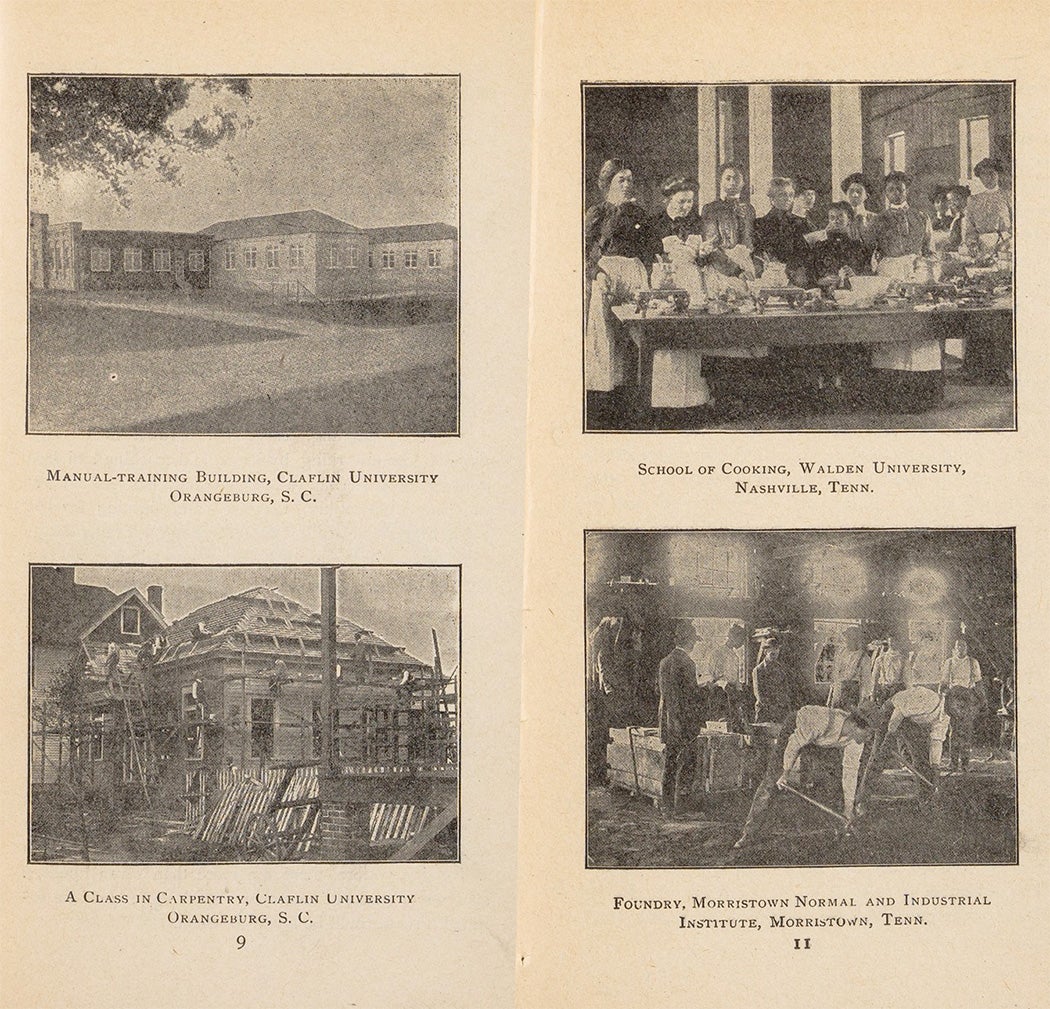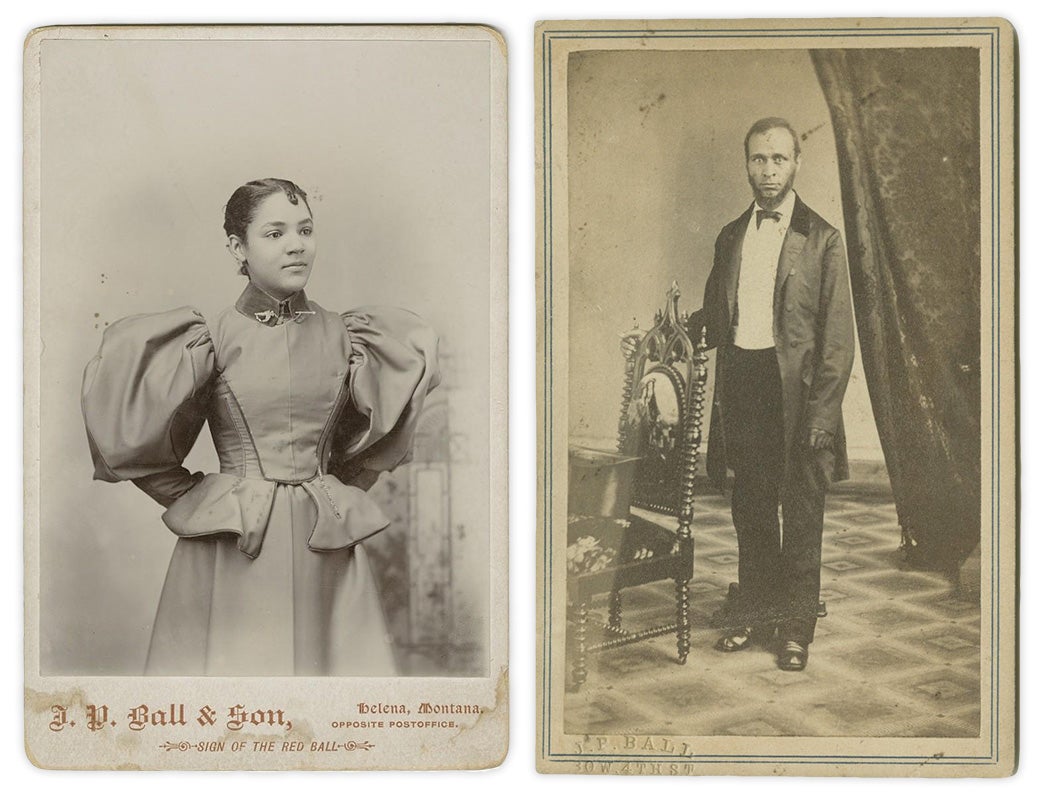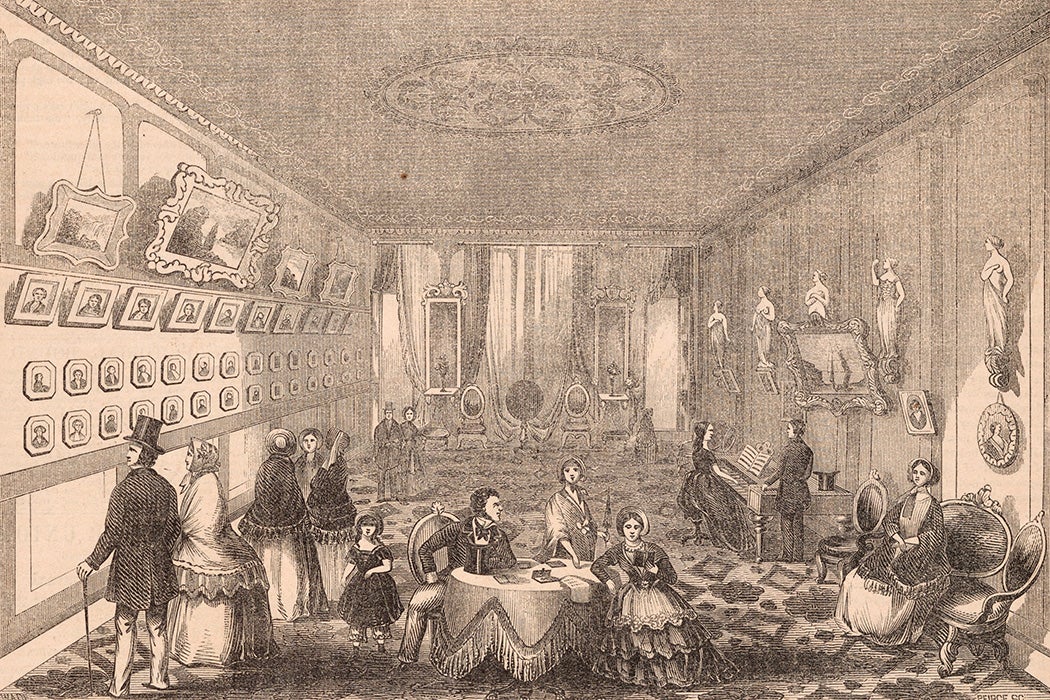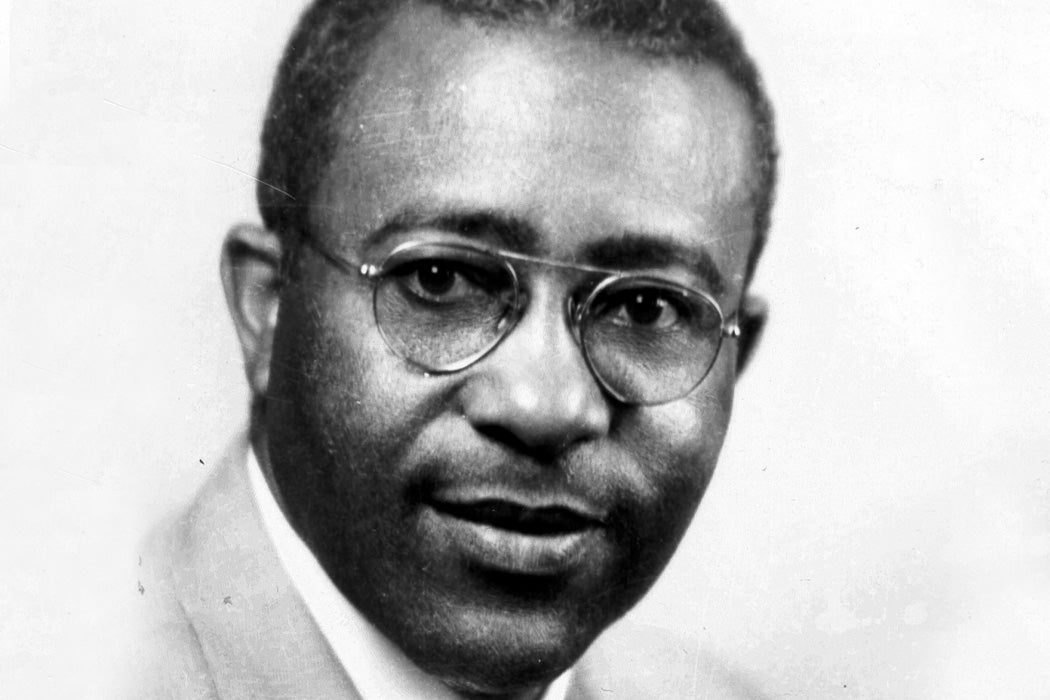Students ask me the most fascinating questions, and I don’t know how to answer most of them. As an archivist in charge of digital collections, I am regularly invited to classes to speak with students about resources I’ve built to enhance digital discovery. While the assumption from professors seems to be that students will be curious about how to use the websites and how to find new sources, almost every time I’m met with highly specific historical questions about the creation and context of whichever digitized primary sources struck them the most. They expect me to answer questions about search strategies, but instead I’m asked about the allegorical symbolism of imagery on an abolitionist postal envelope. I won’t pretend that I’m not more energized and engaged by getting to learn with the students than teach at them, but I’ve begun to contemplate why they assume such broad-ranging expertise.
This situation has always been the case, but has certainly escalated since the launch of Slavery, Abolition, Emancipation, and Freedom: Primary Sources from Houghton Library (SAEF), a digital collection I developed to enhance discovery of special collections material related to Black history and culture. When we see a collection of materials online, there can be an assumption that the curator has detailed knowledge of each item, and in this case I did select and pull each item by hand. Knowing the relevance or importance of a particular item is not at all the same as being an expert on the content, but it’s a fair assumption as the practical project infrastructure behind a digital collection can seem completely opaque. In order to highlight the invisible labor and decision-making that goes into making archives accessible online, this column, Archives Unbound, will focus on four distinct items from the collection.

Professional archivists are trained to research and learn about new materials quickly, through reading biographies, bibliographies, related materials, and all sorts of reference resources. My colleagues and I called upon on all these skills when creating the initial collection list for SAEF, which had to be compiled at home without any physical access to the library stacks due to the pandemic. I selected items by searching Black bibliographies like the Black Book Interactive Project at Kansas University and the work of vanguard Black librarian Dorothy Porter Wesley, by searching for shelf marks where relevant books seemed to be, by searching the names of well-known Black authors. These searches, with help from my colleague Vernica Downey, a metadata maven who pulled information from the backend of our systems, led me to a list of 800 or so items that I began physically searching for when I was allowed back in the library.
To my great surprise, a number of the individual items we had pulled from the catalog database were not, in fact, individual items. A single pamphlet, for instance, the Manual of the Freedmen’s Aid and Southern Education Society of the Methodist Episcopal Church, might have come to our attention in the catalog but when I went into the stacks, I realized many of these pamphlets were thematically bound together, in new library bindings with incredibly broad titles printed on the spines like “SLAVERY DEBATE,” or “ANTI-SLAVERY.” The even greater surprise, for me, was that inside these big, bound volumes, I found not only the pamphlets I was looking for, but hundreds of others that were either uncatalogued or cataloged under locations that no longer existed. Many of these volumes had had written tables of contents, or in the case of the above pamphlet, tipped in photostats intended for librarian-eyes only.

These uncatalogued and mislocated materials have their own interesting journey to discovery that is somewhat unique to Harvard University’s long history in American libraries. Most of the pamphlets in these bound volumes are extremely rare in 2022, but were purchased new or soon after publication and held in the university’s circulating library. At that time, they were not yet rare books, rather; they were up-to-date materials tracking current events and discourse. When the library chose to bind them into volumes, it was for preservation purposes, with the idea that cataloging only the first one or two pamphlets was sufficient—in the future, patrons would simply look up the subject area they were interested in in the physical card catalog, and be directed to the bound volume with various materials on the theme. Decades later, these fragile 19th century materials live in closed stacks in Harvard’s largest repository for rare books and manuscripts, completely inaccessible and unknown to patrons without staff intervention.
We began a large, speedy, cataloging project, led by my colleague Megan McNiff, to get many of the pamphlets written by and about African Americans identified and in the catalog, but the huge amount of research both she and I completed is barely the tip of the iceberg on these materials. When I come into the classroom and students ask if I selected all the materials, the answer is yes, but when they want to know the publication history of something like Ball’s Splendid Mammoth Pictorial Tour of the United States I find myself on the same research journey as them.
Luckily, I’m just as eager to learn more about these collections as any student. Some materials I’ve dug into along this project’s path have become emblematic, to me, of the combination of serendipity and serious planning that goes into getting archives online.
When I realized we had hundreds of pamphlets in need of cataloging, I began taking photos of covers, copyright notices, tables of contents, and end pages—all information needed by my cataloging colleagues working remotely to get these materials into our system. Coming upon Ball’s Splendid Mammoth Pictorial Tour I was intrigued by the ostentatious name and by the idea of a panorama, a type of popular edutainment featuring large scale paintings depicting distant places and historical events, that was focused on an abolitionist telling of the slave trade. That intrigue clicked in my mind later in the day when I was on a reference call with Professor Sarah Lewis who off-handedly said, “Well, if you find anything about Ball’s Panorama, let me know!” In an unheard of moment of archival kismet I told her that not only did I find something, but that I could send her some photos that afternoon. Her excitement made my intrigue blossom, and I knew I had to find out more about this 56 page piece of ephemera.

James Presley Ball was a successful commercial photographer, an incredibly rare career achievement for an African American man in the mid-19th century. He learned the art of daguerreotype photography only six years after its creation, from John B. Bailey, another Black photographer. While it took him a while to achieve success, he was eventually in high demand, taking portraits of prominent citizens, both Black and White. He was so successful that in the mid 1850s he opened a luxurious gallery and studio in Cincinnati, Ohio, pictured in the front of the pamphlet, decorated with gold leaf, Grecian imagery, and all the items that signified Victorian erudition and taste.
Ball’s success with photography gave him the opportunity to embark on a bold new artistic venture: an anti-slavery panorama, presenting a clear and strong argument against anti-Black racism and slavery through visual art. While this decision might seem totally unexpected to a 21st century reader, Ball was not the first or only African American social activist to use the art of panorama to send anti-slavery arguments to a public audience. In a 1996 letter to the editor, Professor Allan D. Austin listed abolitionist panoramas created by Henry Brown, J.C.A. Smith, J.N. Still, and William Wells Brown focusing on already popular abolitionist fiction, like Uncle Tom’s Cabin or in the case of Henry Brown, his own story of fugitivity and self-emancipation.
Like many of these panoramas, Ball’s is not currently thought to have survived. There are no known photographs of the painting, or copies of the drawings. What we do have, is a 56 page pamphlet, at least partially composed by Ball, that provides a viewer’s guide to visuals we can only imagine. The text makes clear the abolitionist motive of this popular entertainment, and more so makes clear Ball’s radical stance as a Black public figure taking a clear stance on the barbarism of the slave trade and the cruel treatment of African Americans.
Without the work of pioneering photographer and curator Deborah Willis, Ball’s work would be almost entirely unknown today, but an item like this single pamphlet bound in a volume of anti-slavery materials with over 20 others opens up questions about how it was known in 1856, when it was donated to the library. The pamphlet was given to Harvard just one year after publication by early anti-capital punishment activist Reverend Charles Spear. Did he visit the panorama himself? What did he think of it, if yes? Why did he want Harvard to have a copy of this pamphlet? The more I work with getting rare materials online, the more I find myself with the exact sorts of questions I’m greeted with in the classroom.
Related
John B. Cade’s Project to Document the Stories of the Formerly Enslaved
Support JSTOR Daily! Join our new membership program on Patreon today.








